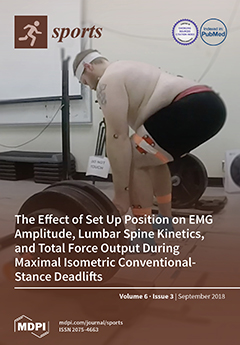(1) Background: Individuals’ psychological traits can influence not just success in sport but also the ability to learn new motor skills. We investigated whether sport courage, worry and fear differ between alpine ski-naive and basic level skiers and how they affect ski learning. (2): A total of 337 students (249 ski-naive and 88 basic level) participated in research consisting of a four-part questionnaire and structured skiing program. (3) Results: For beginners, lower fear (
r = −0.30,
p < 0.01) and higher Self-efficiency (
r = 0.28,
p < 0.05) and mastery (
r = 0.20,
p < 0.01) were associated with better performance; reducing fear and increasing self-efficiency and worry increased performance. Experienced skiers were better in determination, mastery, and self-efficiency (all
p < 0.05). In case of lower score in worry (
r = −0.28,
p < 0.01) and higher in self-efficiency (
r = 0.22,
p < 0.05) performance was better. Males scored higher in sport courage scale-31 (all
p < 0.05). In particular, self-efficiency was associated with better (
r = 0.39,
p < 0.01), and higher fear with poorer performance (
r = −0.33,
p < 0.01). Moreover, self-efficiency was a predictor of ski success (
p < 0.001). On the other hand, females like ski beginners scored higher in fear (
p < 0.001). In females, determination, mastery and self-efficiency had a positive correlation with skiing (
r = 0.21,
p < 0.05,
r = 0.28,
p < 0.01, and
r = 0.33,
p < 0.01, respectively), while association between Fear and skiing (
r = −0.46,
p < 0.01) was negative, and fear (
p < 0.001) was inversely related to success. (4): Conclusions: Psychological factors and gender differences need to be considered during learning phases of alpine skiing. There is a positive association between self-efficiency and performance of male ski beginners, and negative association between fear and achieved results in basic alpine ski school in case of female ski beginners.
Full article






